Code
HCS33404
Weight
200 gm / 0.44 lbs
Size
Height
62cm (24") Width
45cm (18") Material
cotton canvas
Availability
Available

Safe Payment
We accept Paypal, Money Transfer, Bank Transfer
Confidence
Protection covers your purchase and personal data.
Worldwide Delivery
We ship Worldwide, except Russia.Shipping cost US$25.2 for upto 0.5 kgs

Hotline
Talk to help line for your question on 9841267335Use of Real Gold
This thangka of [bhairav], Buddhist Traditional Painting, Hand Painted, [real Gold] has real gold painted on its surface along with other paints. This is an ancient process of decorating the thangka in Tibetan Buddhism, Here gold is ground into gold dust, which is then mixed with other undisclosed material to make it paintable on the canvas. this mixture is then mixed with transparent glue and painted on the thangka. Read More . . .
This thangka of [bhairav], Buddhist Traditional Painting, Hand Painted, [real Gold] has real gold painted on its surface along with other paints. This is an ancient process of decorating the thangka in Tibetan Buddhism, Here gold is ground into gold dust, which is then mixed with other undisclosed material to make it paintable on the canvas. this mixture is then mixed with transparent glue and painted on the thangka. Read More . . .
Introduction to Thangka
A thangka, also known as tangka, thanka, or tanka, is a vibrant and intricate Tibetan Buddhist painting that serves as a visual representation of spiritual teachings. Crafted with meticulous detail on cotton or silk appliqué, thangkas depict a wide range of subjects including Buddhist deities, sacred scenes, mandalas, and narrative stories. These sacred artworks are traditionally kept unframed and rolled up for storage, resembling ancient scrolls. To protect their delicate nature, thangkas are mounted on textile backings and often adorned with a silk cover on the front. Proper preservation in dry environments is crucial to maintain the integrity and longevity of the silk. Read More . . .
A thangka, also known as tangka, thanka, or tanka, is a vibrant and intricate Tibetan Buddhist painting that serves as a visual representation of spiritual teachings. Crafted with meticulous detail on cotton or silk appliqué, thangkas depict a wide range of subjects including Buddhist deities, sacred scenes, mandalas, and narrative stories. These sacred artworks are traditionally kept unframed and rolled up for storage, resembling ancient scrolls. To protect their delicate nature, thangkas are mounted on textile backings and often adorned with a silk cover on the front. Proper preservation in dry environments is crucial to maintain the integrity and longevity of the silk. Read More . . .
Brief Introduction :
Bhairav, also known as Bhairava or Kala Bhairava, is a fierce manifestation of Lord Shiva associated with annihilation and protection. He represents the destructive power of time and is revered as the guardian of temples and protector of the universe. In Hindu mythology, Bhairav symbolizes the force that removes ignorance and brings about spiritual awakening.
He is often depicted with a fierce expression, adorned with serpents, holding weapons like a trident, drum, or skull, and accompanied by a dog, which serves as his mount. Worshipers of Bhairav believe he has the power to destroy evil, protect devotees from dangers, and bestow blessings for prosperity, success, and spiritual growth.
In some traditions, Bhairav is seen as a guardian deity in both Hinduism and Tibetan Buddhism, especially in forms like âMahakalaâ in Tibetan Buddhism, where he serves as a wrathful protector.
In some traditions, Bhairav is seen as a guardian deity in both Hinduism and Tibetan Buddhism, especially in forms like âMahakalaâ in Tibetan Buddhism, where he serves as a wrathful protector.


![[bhairav], Buddhist Traditional Painting, Hand Painted, [real Gold]](https://handicraftseller.com/uploads/pics/product/thumb/2024/07/33404_0.jpg)
![[bhairav], Buddhist Traditional Painting, Hand Painted, [real Gold]](https://handicraftseller.com/uploads/pics/product/thumb/2024/07/33404_1.jpg)
![[bhairav], Buddhist Traditional Painting, Hand Painted, [real Gold]](https://handicraftseller.com/uploads/pics/product/thumb/2024/07/33404_2.jpg)
![[bhairav], Buddhist Traditional Painting, Hand Painted, [real Gold]](https://handicraftseller.com/uploads/pics/product/thumb/2024/07/33404_3.jpg)
![[bhairav], Buddhist Traditional Painting, Hand Painted, [real Gold]](https://handicraftseller.com/uploads/pics/product/thumb/2024/07/33404_4.jpg)
![[bhairav], Buddhist Traditional Painting, Hand Painted, [real Gold]](https://handicraftseller.com/uploads/pics/product/thumb/2024/07/33404.jpg)










 Newari Thangka, Painting, Hindu Style,
Newari Thangka, Painting, Hindu Style, 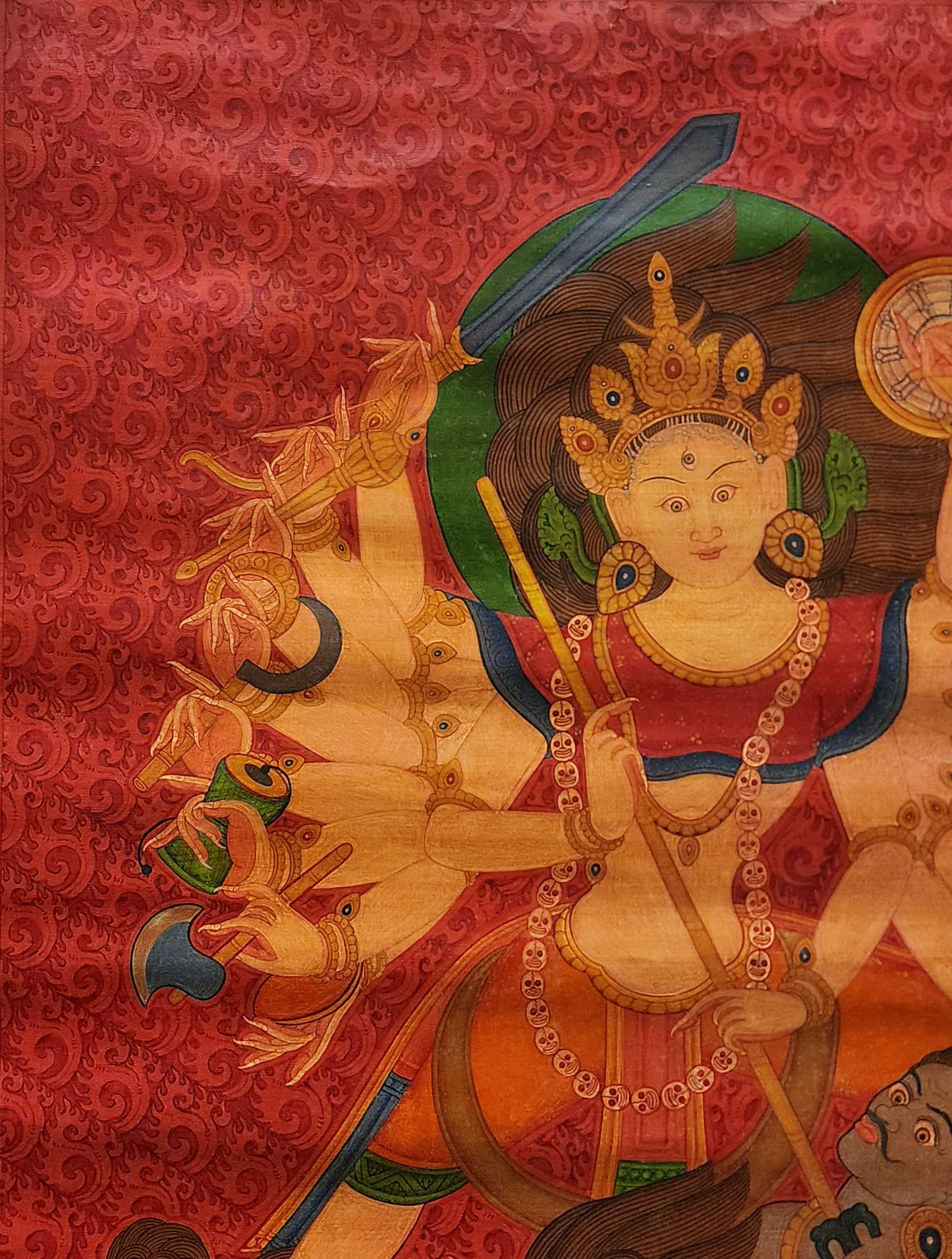 Newari Thangka, Painting, Hindu Style,
Newari Thangka, Painting, Hindu Style,  Cundi, Buddhist Traditional Painting, Hand Painted,
Cundi, Buddhist Traditional Painting, Hand Painted, 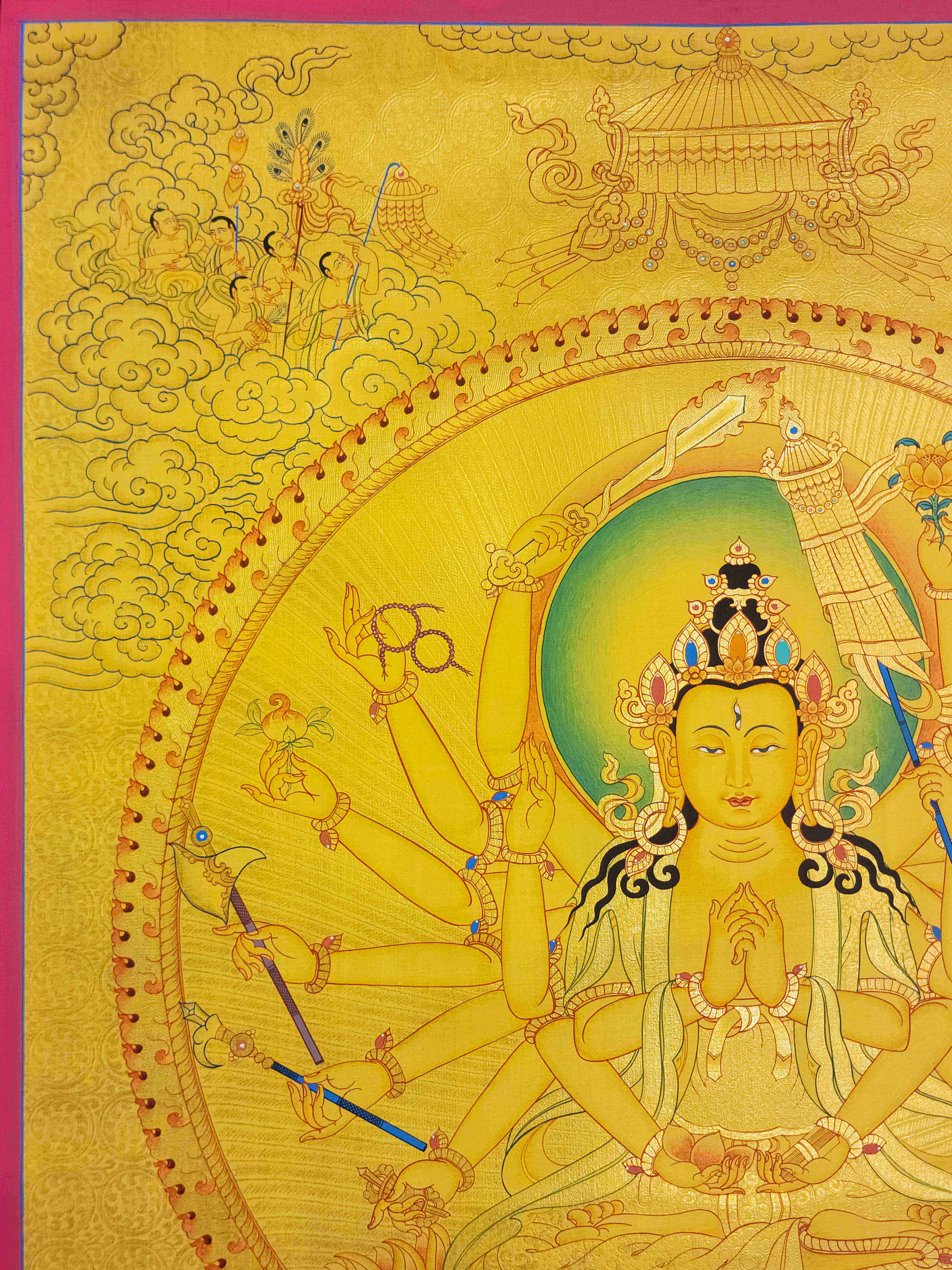 Cundi, Buddhist Traditional Painting, Hand Painted,
Cundi, Buddhist Traditional Painting, Hand Painted,  Art From Bhaktapur, Buddhist Handmade Thangka Painting
Art From Bhaktapur, Buddhist Handmade Thangka Painting 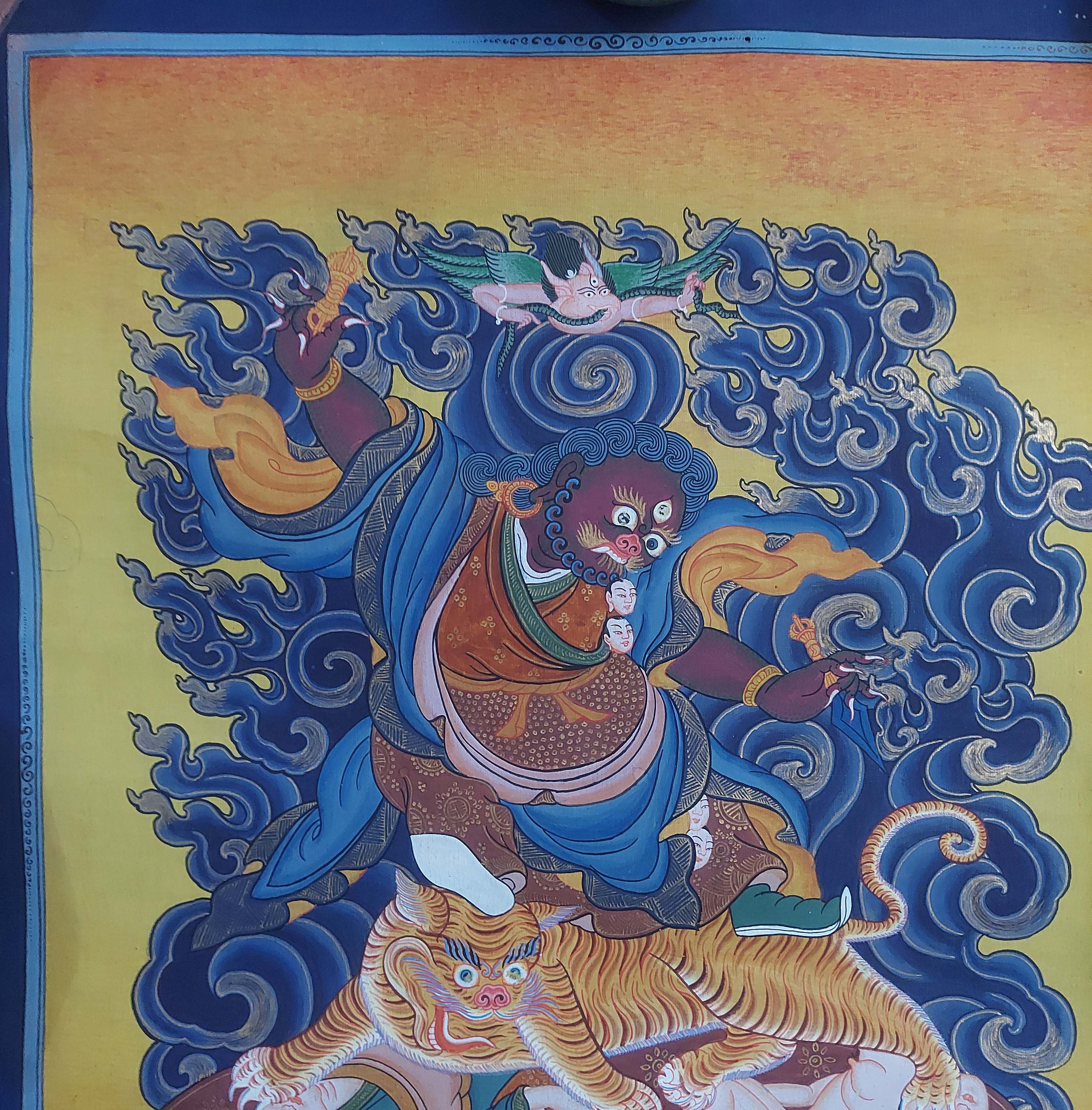 Art From Bhaktapur, Buddhist Handmade Thangka Painting
Art From Bhaktapur, Buddhist Handmade Thangka Painting  Real Gold,
Real Gold, 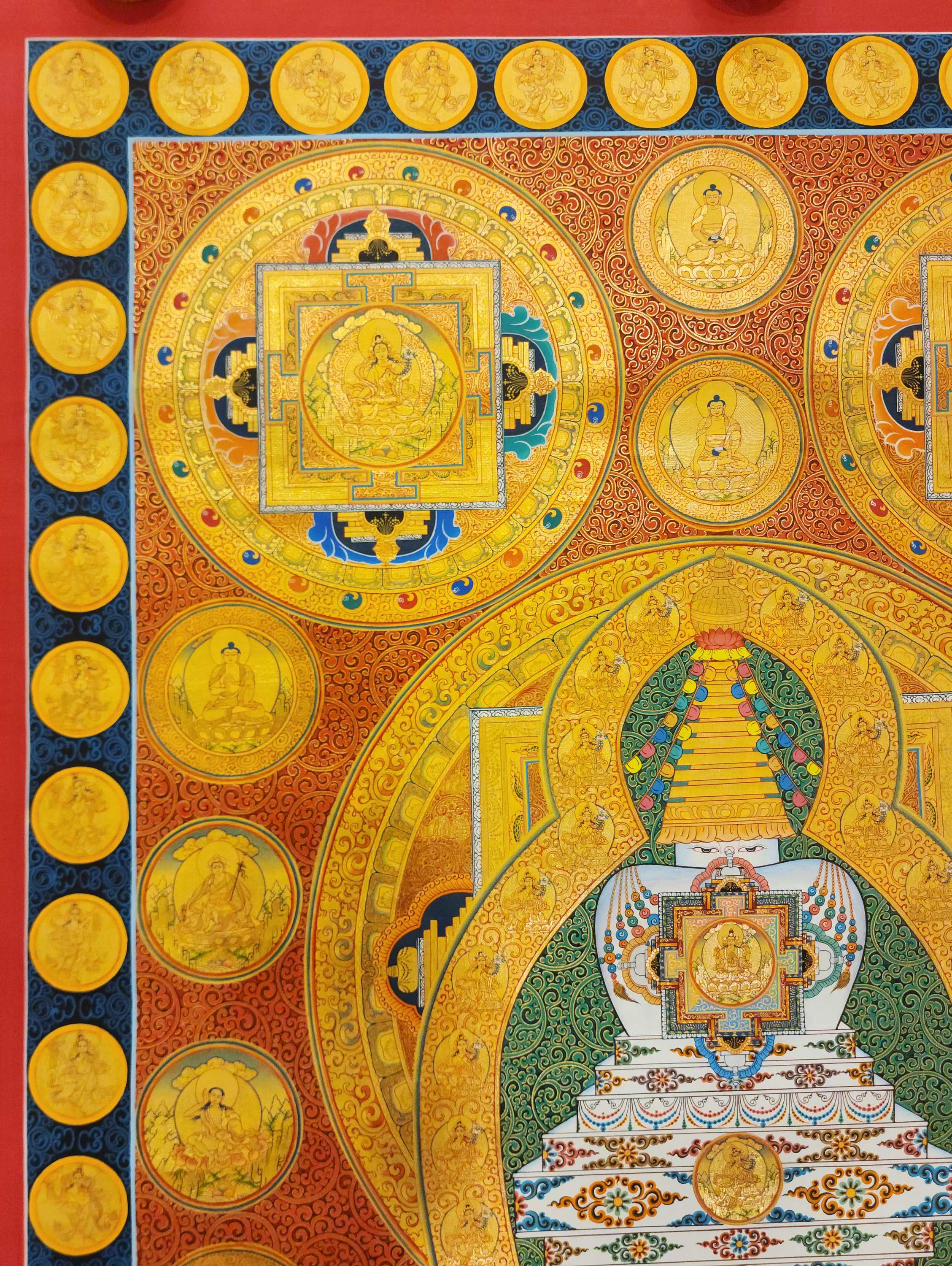 Real Gold,
Real Gold,  and Newari Mix Style, Tibetan Style" title="Ratnasambhava Buddha Thangka, Buddhist Traditional Painting, In Tibetan
and Newari Mix Style, Tibetan Style" title="Ratnasambhava Buddha Thangka, Buddhist Traditional Painting, In Tibetan 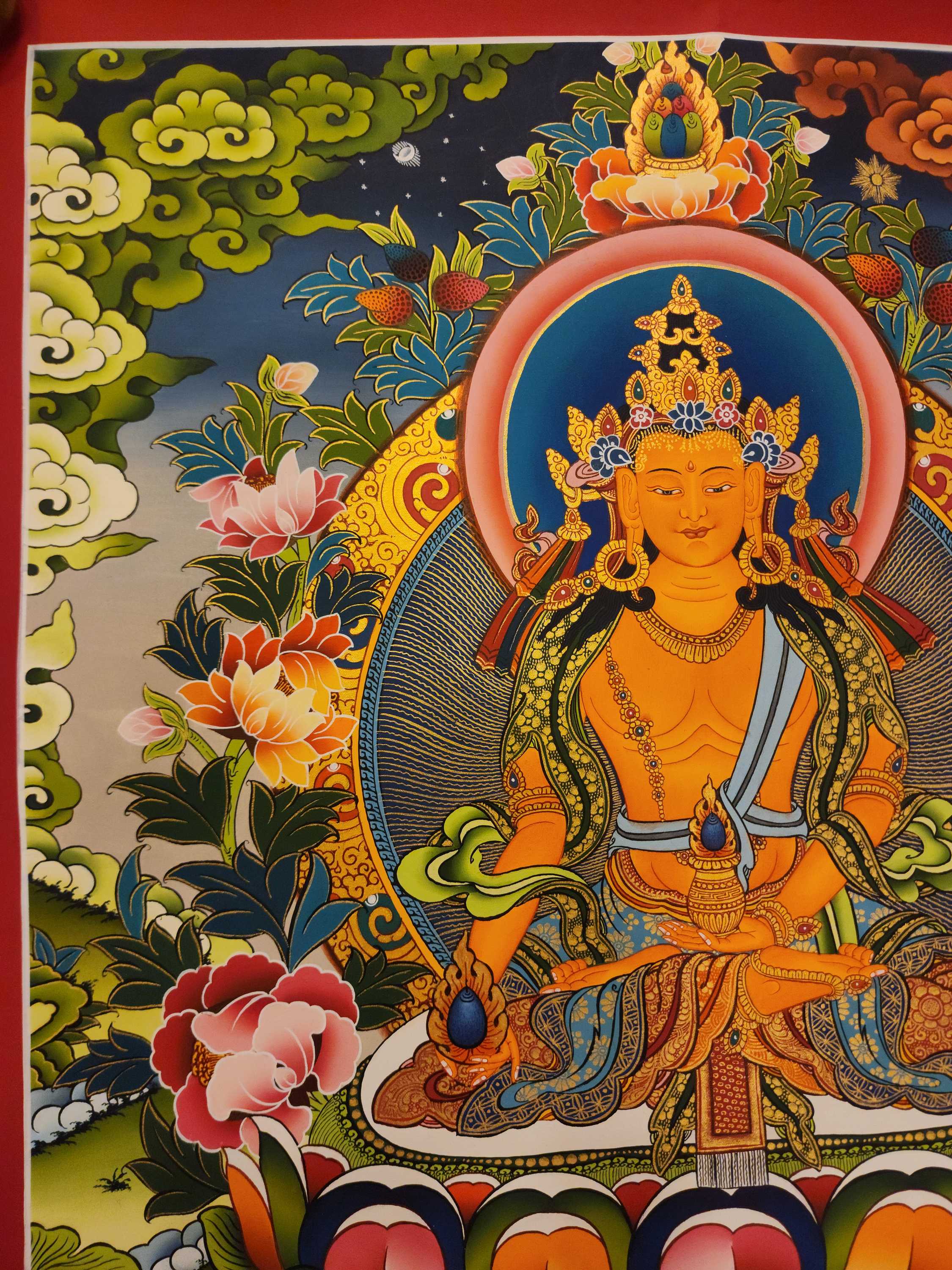 and Newari Mix Style, Tibetan Style" title="Ratnasambhava Buddha Thangka, Buddhist Traditional Painting, In Tibetan
and Newari Mix Style, Tibetan Style" title="Ratnasambhava Buddha Thangka, Buddhist Traditional Painting, In Tibetan  Real Gold Karma Gadri Art" title="Maha Vairochana Thangka, Buddhist Traditional Painting,
Real Gold Karma Gadri Art" title="Maha Vairochana Thangka, Buddhist Traditional Painting, 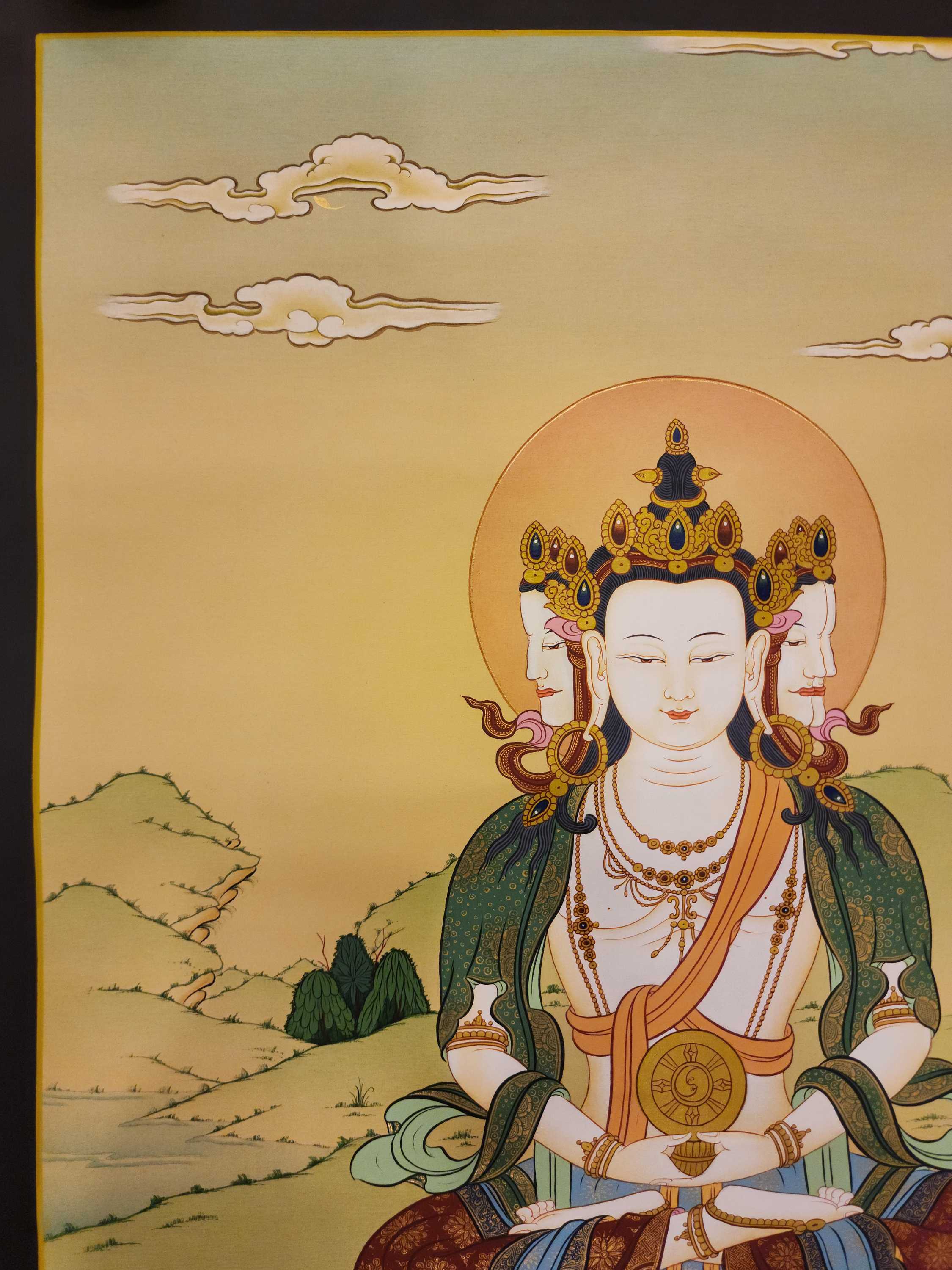 Real Gold Karma Gadri Art" title="Maha Vairochana Thangka, Buddhist Traditional Painting,
Real Gold Karma Gadri Art" title="Maha Vairochana Thangka, Buddhist Traditional Painting,